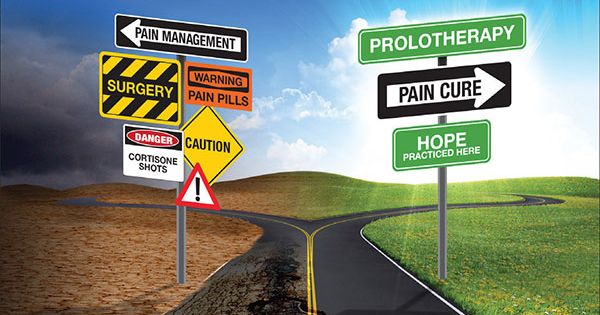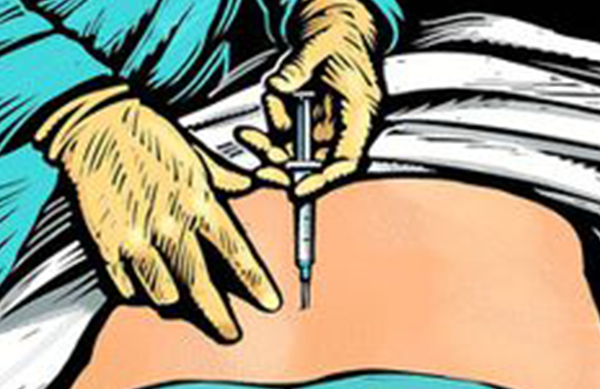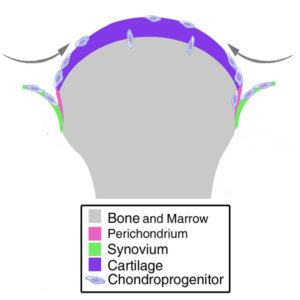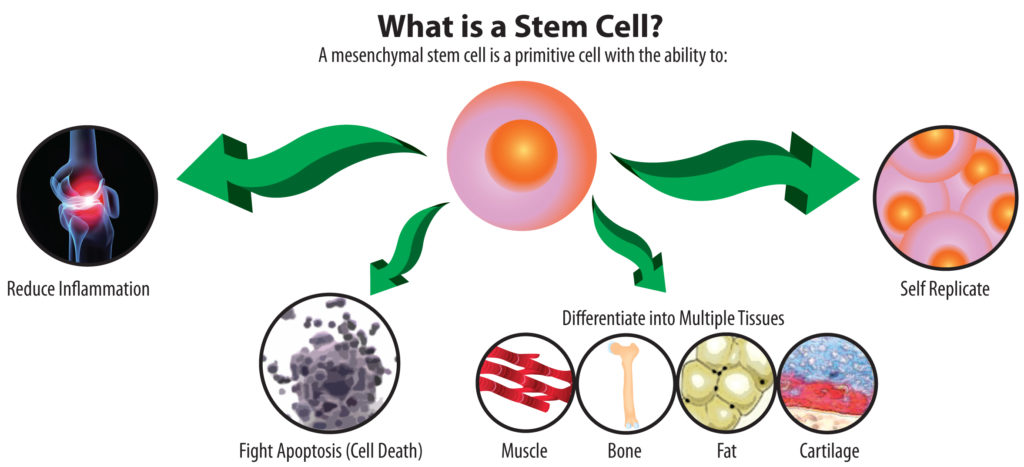The Crossroads of Confusion every patient in pain comes to...
"Many roads lead to pain management...But only one road leads to pain cure...Prolotherapy."

What is Prolotherapy?
Prolotherapy is the term used for "Proliferation Therapy" or "Regenerative Injection Therapy" and is a safe and effective option for the treatment of musculoskeletal injuries, osteoarthritis and chronic pain. Because pain is generally a response to tissue damage, using an approach such as prolotherapy treatment to initiate a healing cascade, allows tissue fibres to realign themselves and as the tissue heals, following a series of treatments pain can be eliminated permanently. The variation in the treatment is only about the different mediums that may be used, ie. Dextrose, PRP, or MSCs
Prolotherapy has been shown to be effective in treating musculoskeletal conditions involving lax or weak tendons and ligaments, by stimulating the body's natural repair mechanisms to heal injured or degenerative tissues.

Biology Of Prolotherapy
Inflammatory Cascade - After tissue damage by injury, the body attempts to heal this area by mediating this cascade. When the body is unable to heal, often the case when avascular tissues such as ligaments, tendons, cartilage and fibrocartilage (meniscus and labrum) are injured, prolotherapy is utilised.
Proliferative Cascade - Prolotherapy stimulates healing via inflammation. After prolotherapy solutions are injected into the injury site, a cellular reaction takes place in which various cells ultimately enhance tissue repair and regeneration.
Tissue Remodelling Cascade - The final phase is remodelling. For many months following the prolotherapy procedure, tissue continues to remodel. Once the tissue strength approaches that of the normal parent tissue, pain resolves.
Types of Prolotherapy...
Traditional Dextrose Prolotherapy - Utilises a substance which is injected into the affected ligaments, tendons or joints. Historically, the solutions injected into these structures were irritants such as dextrose or saline. Dextrose is still used and is a powerful component that promotes healing. A recent study showed that Prolotherapy using hypertonic dextrose solution injected into knee joints had a profound chondrogenic effect, meaning it stimulated cells to produce cartilage, thus healing joints affected by osteoarthritis. It is a comprehensive method of treating ligament and tendon attachments to restore stability and stop destructive joint motions.

'A Pinch Of Sugar For Pain'
Platelet Rich Prolotherapy - Platelet Rich Plasma (PRP), is a non-surgical blood platelet treatment that is typically used to treat muscle strains & tears, ligament & tendon tears, moderate arthritis, and for joint maintenance. The concentrated blood platelet injection contains healing growth components that increase the body’s natural ability to repair itself. PRP treatments can be effective because platelets have a stimulating effect on the stem cells within the targeted area. Stem cells are found throughout the entire body and play a key role in repairing damaged tissue, so a primary goal in platelet treatments is to get these powerful cells to work harder and faster.

Stem Cell Prolotherapy - The use of patients own autologous adult stem cells to help in advanced cases where conditions lack effective cellular abilities on their own such as in cases of advanced arthritis. These adult stem cells from your own body can renew themselves and turn into other cells (differentiate). They live inside all of us in various tissues, poised to leap into action to repair damage as it occurs. As we age or have major injuries, we may not be able to recruit enough of these cells to the site to fully repair the area. Stem Cell Procedures help overcome this problem by extracting stem cells from an area of high volume, then concentrating the cells and reinjecting them into the damaged area to help the body heal naturally.

Comprehensive Prolotherapy Research and Clinical Studies Published in the Journal of Prolotherapy
Knee Pain:
Clinical Outcome of Bone Marrow Concentrate in Knee Osteoarthritis
This study evaluated the clinical effectiveness of bone marrow concentrate with autologous lipoaspirate as a treatment option for osteoarthritis of the knee.
A Retrospective Study on Dextrose Prolotherapy for Unresolved Knee Pain
In this study, dextrose Prolotherapy used on patients who had a duration of five years of unresolved knee pain was shown in this observational study to improve their quality of life. They reported less pain, stiffness, disability, depressed and anxious thoughts, medication and other pain therapy usage, as well as improved walking ability, range of motion, ability to work and activities of daily living.
Hip Pain:
The technique of dextrose Prolotherapy used on patients who presented with over five years of unresolved hip pain were shown in this retrospective pilot study to improve their quality of life even 19 months subsequent from their last Prolotherapy session. The 61 patients with 94 hips treated reported significantly less pain, stiffness, crunching sensation, disability, depressed and anxious thoughts, medication and other pain therapy usage, as well as improved walking ability, range of motion, sleep, exercise ability, and activities of daily living.
Head & Neck Pain:
Treatment of Trigeminal Neuralgia Utilizing Neural Prolotherapy: A Case Report
We report a case of trigeminal neuralgia successfully treated with neural prolotherapy. The patient is a 70-year-old man with a 15-year history of trigeminal neuralgia refractory to pharmacologic treatment. After one treatment of neural prolotherapy the patient reported 5 months of complete resolution of his symptoms.
Upper Cervical Instability of Traumatic Origin Treated with Dextrose Prolotherapy: A Case Report
A 47-year-old female with a history of trauma presented to our clinic in 2013 with headaches, chronic pain in the neck and upper limbs, and intermittent tingling in one arm. Pain was exacerbated by head movement.